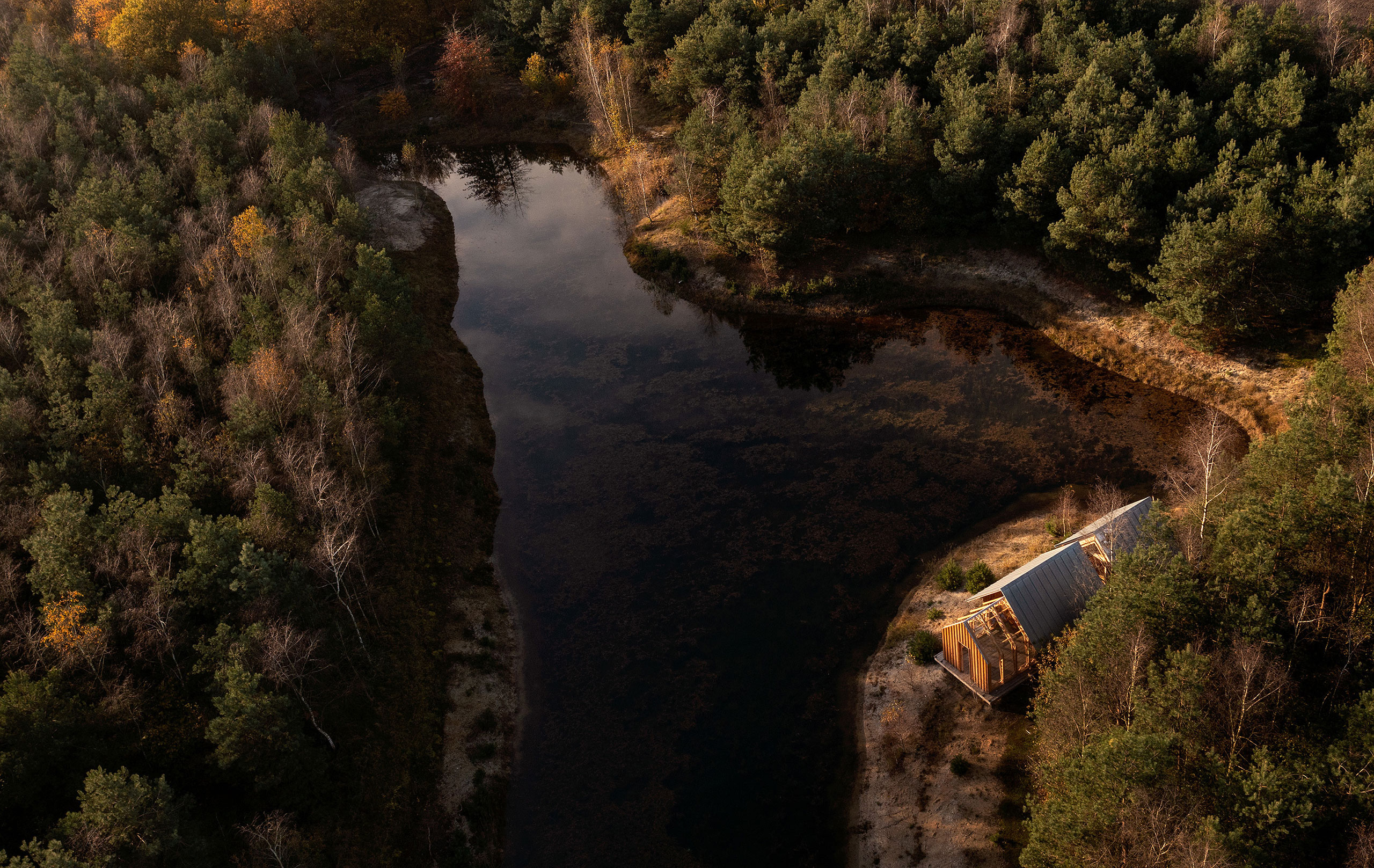
Photography by Jorrit 't Hoen
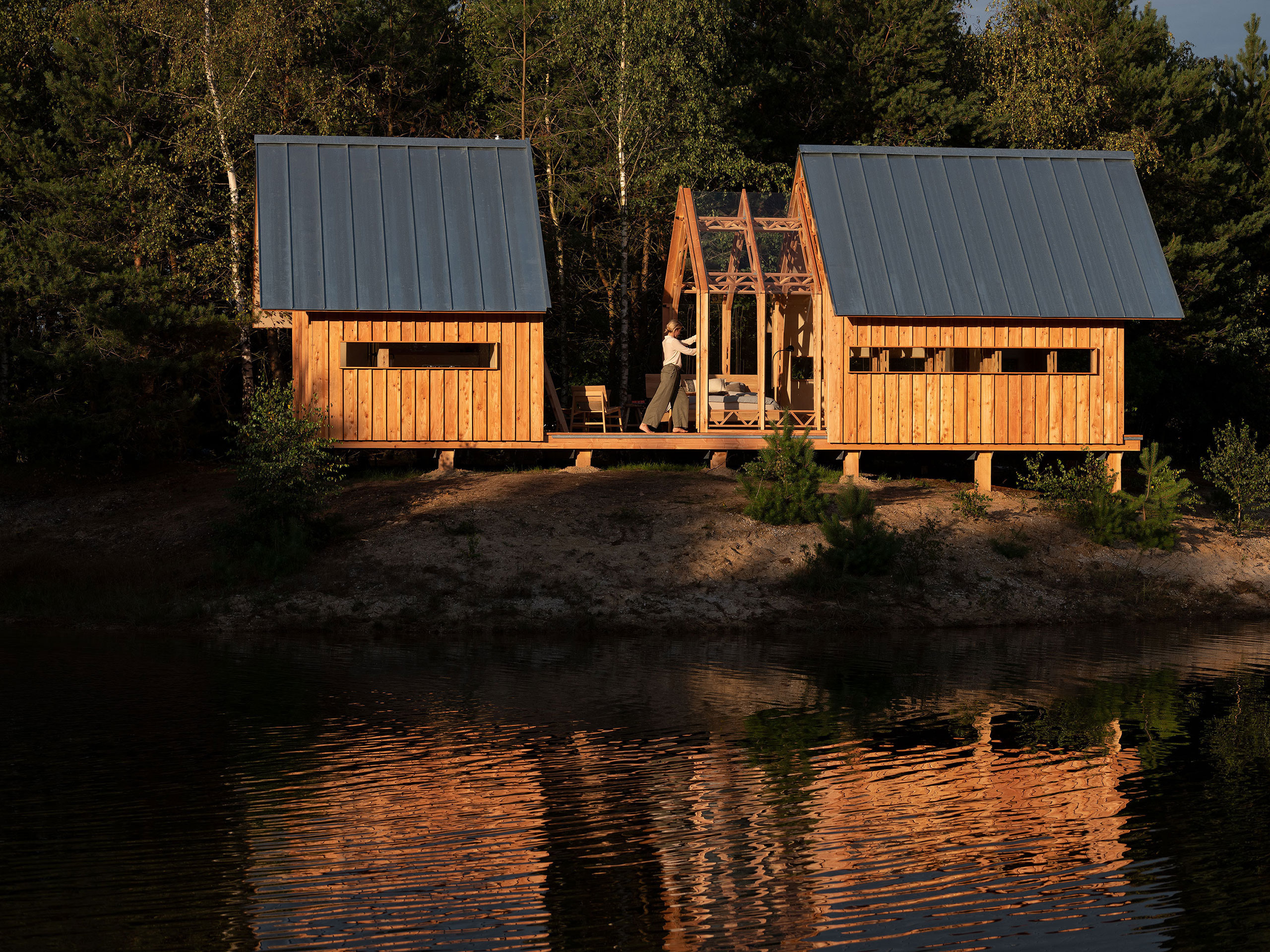
Photography by Jorrit 't Hoen
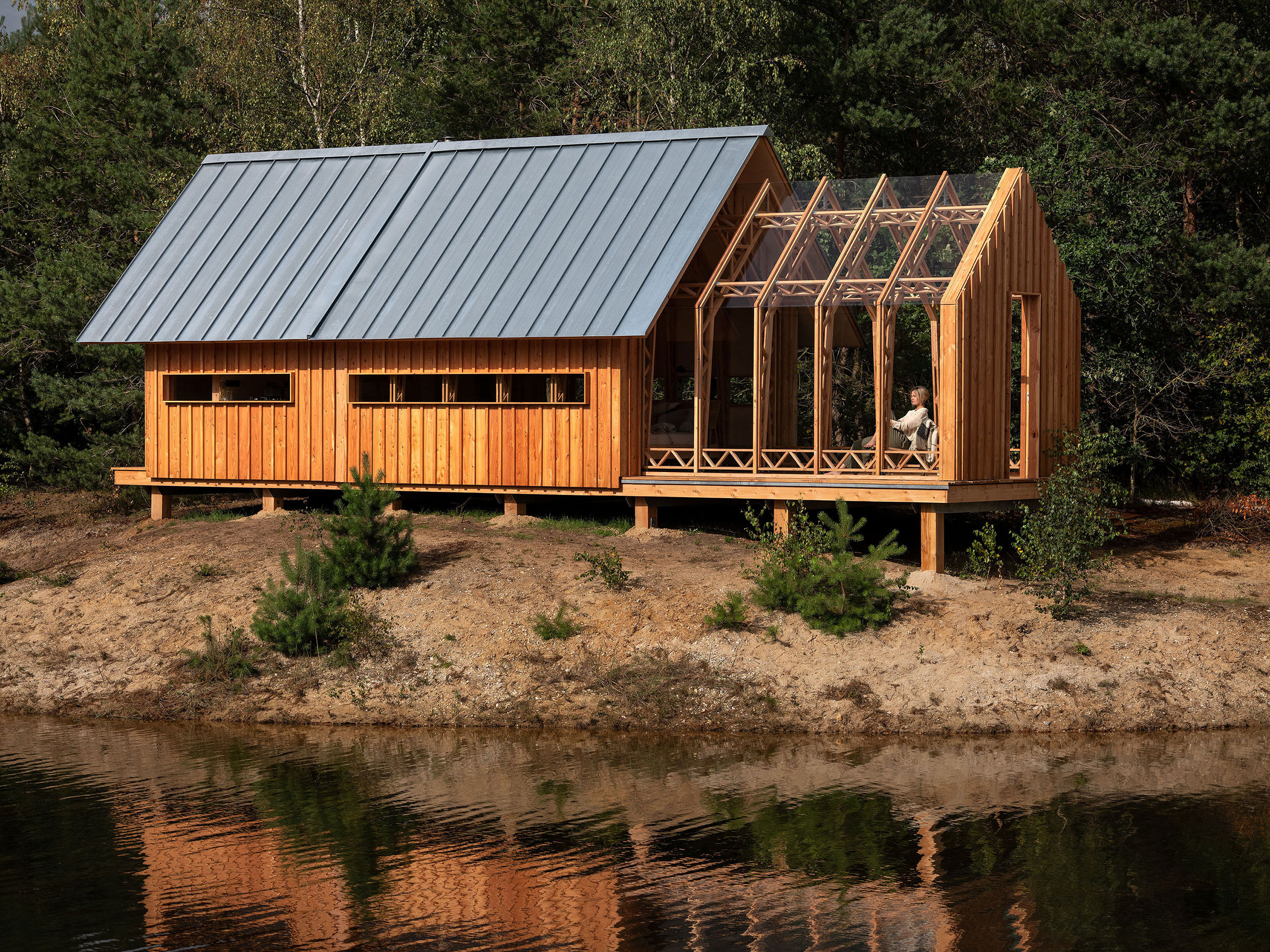
Photography by Jorrit 't Hoen
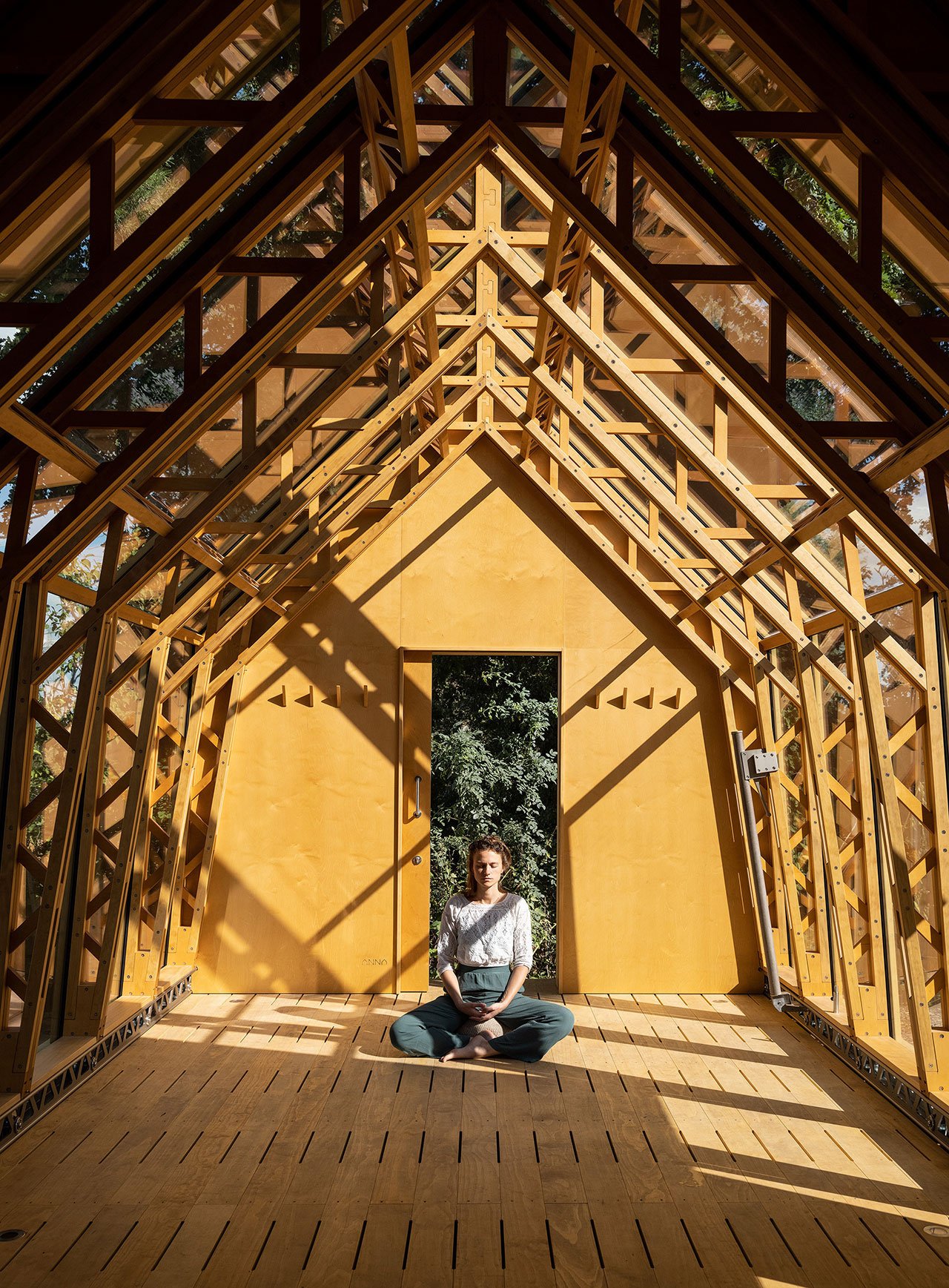
Photography by Jorrit 't Hoen
ANNA Stay’s story began when Schols’ mother asked him to build her a garden cabin. A trained physicist turned architect, Schols had been exploring ways in which people could live closer to nature for a long time, so this was the perfect opportunity to put his ideas into practice. The result was a wooden pavilion with two protective sliding shells, an inner shell made of double glass and an outer shell made of wood, both of which can be parted in the middle and wheeled outwards and inwards. Named Garden House, the project gained so much popularity that Schols was able to further develop his design with the goal of creating “a sellable, fully habitable house, as a flatpack that could be built and re-built anywhere in the world”. Fast forward a few years and a couple of prototypes, ANNA, as the cabin was named, was officially launched in 2020 with its first foray into the hospitality industry a year later when ANNA Stay launched at Holenberg at the Maashorst nature reserve in the Netherlands.
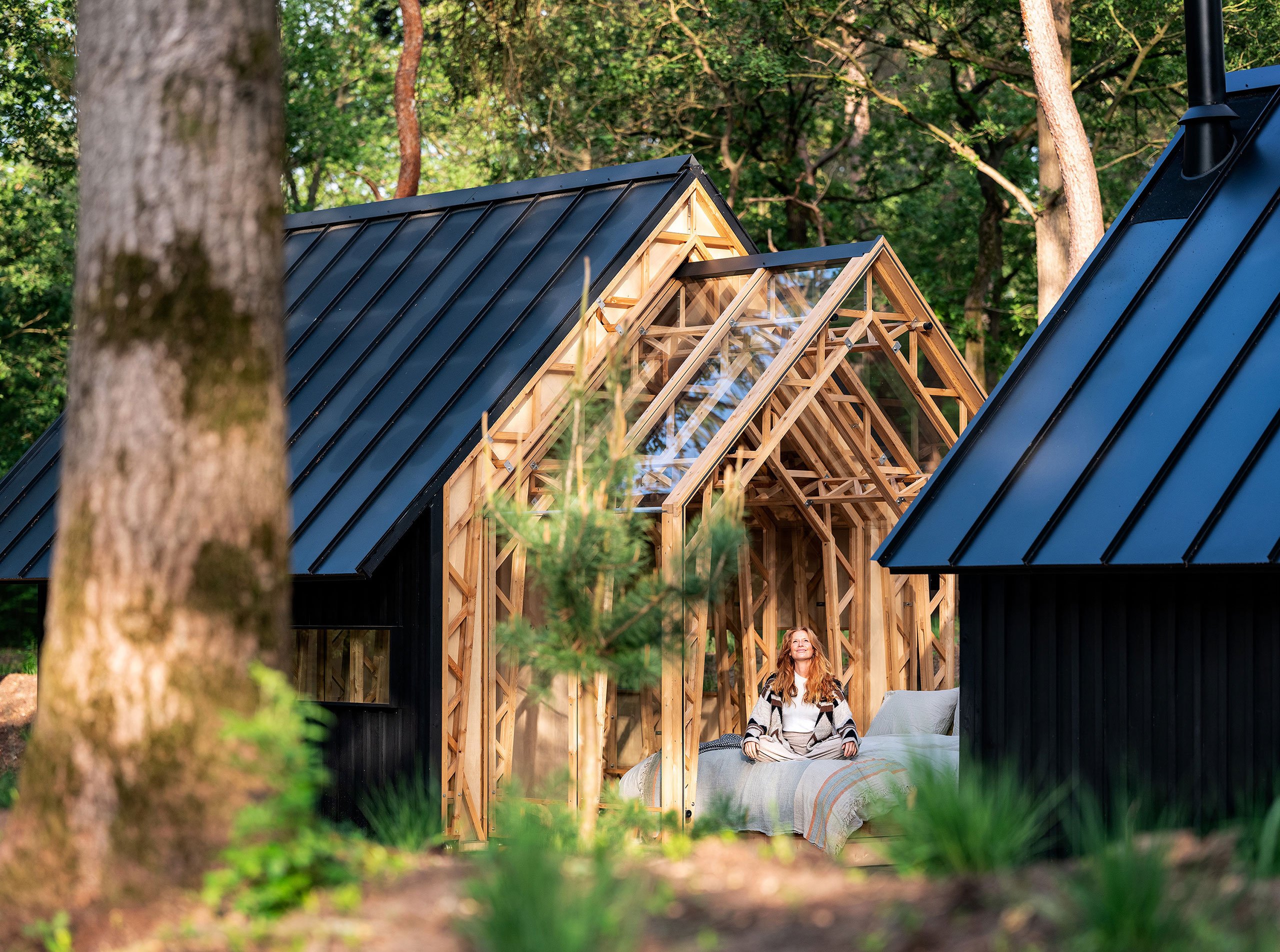
Photography by Jorrit 't Hoen
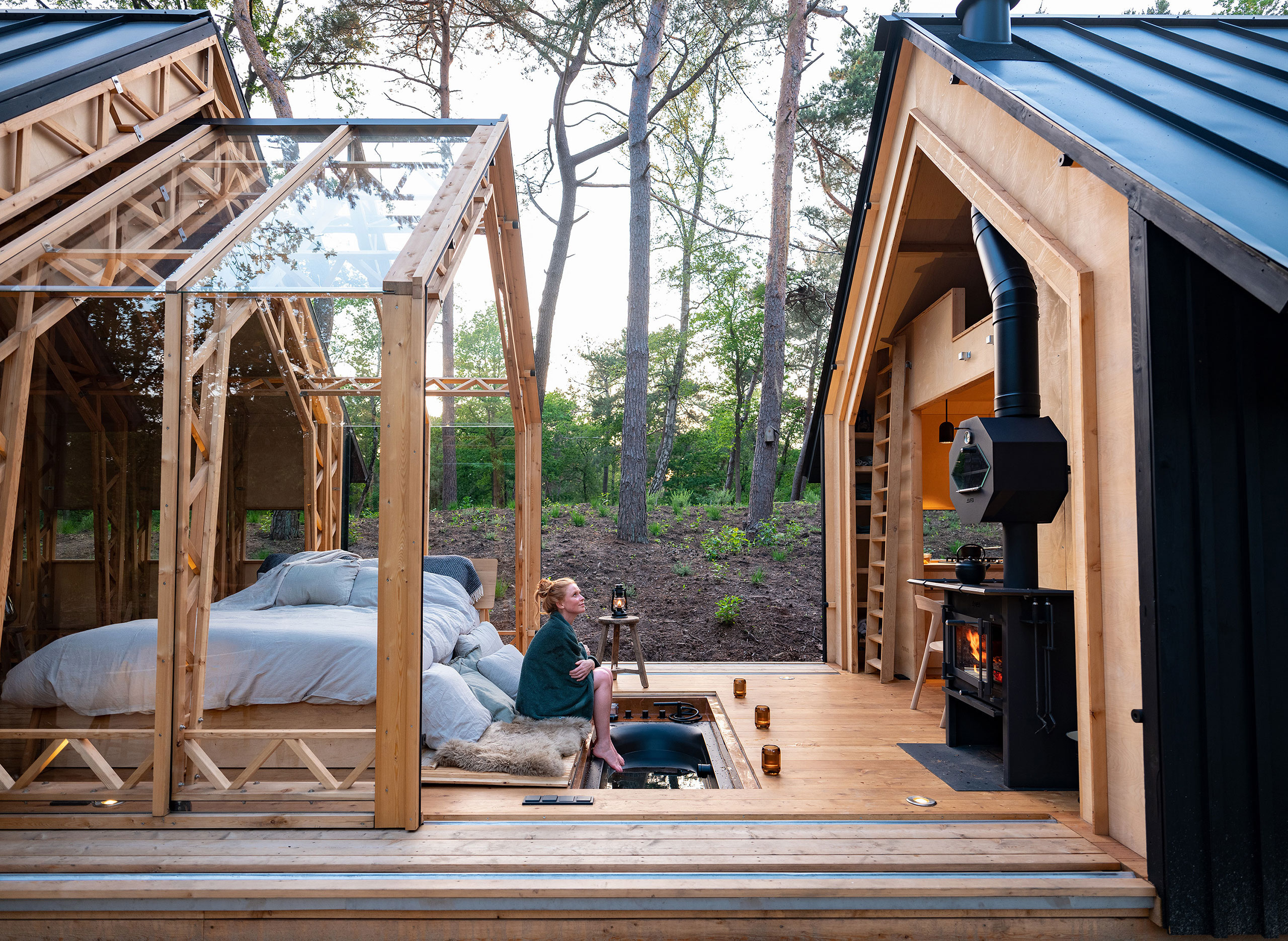
Photography by Jorrit 't Hoen
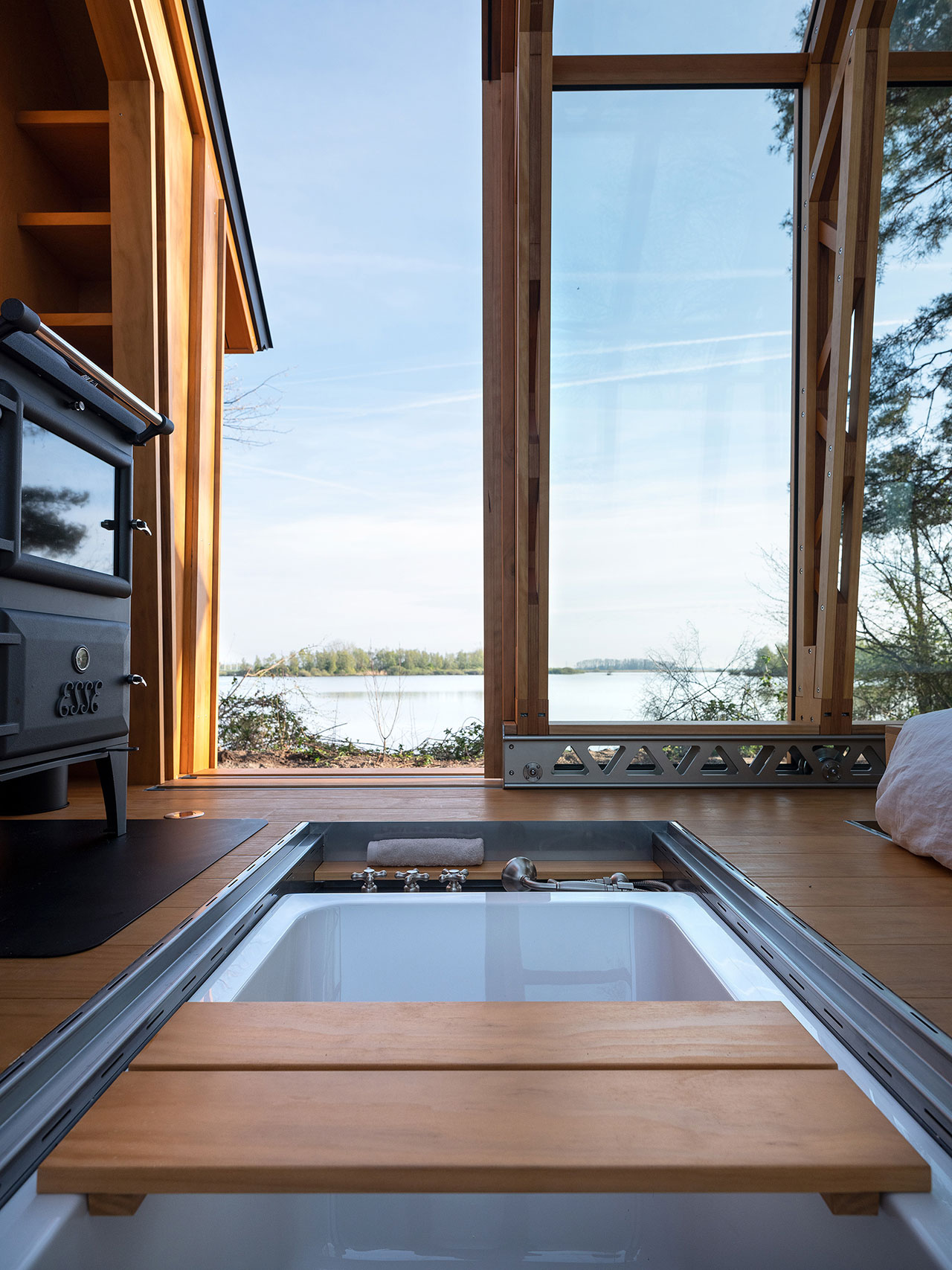
Photography by Jorrit 't Hoen
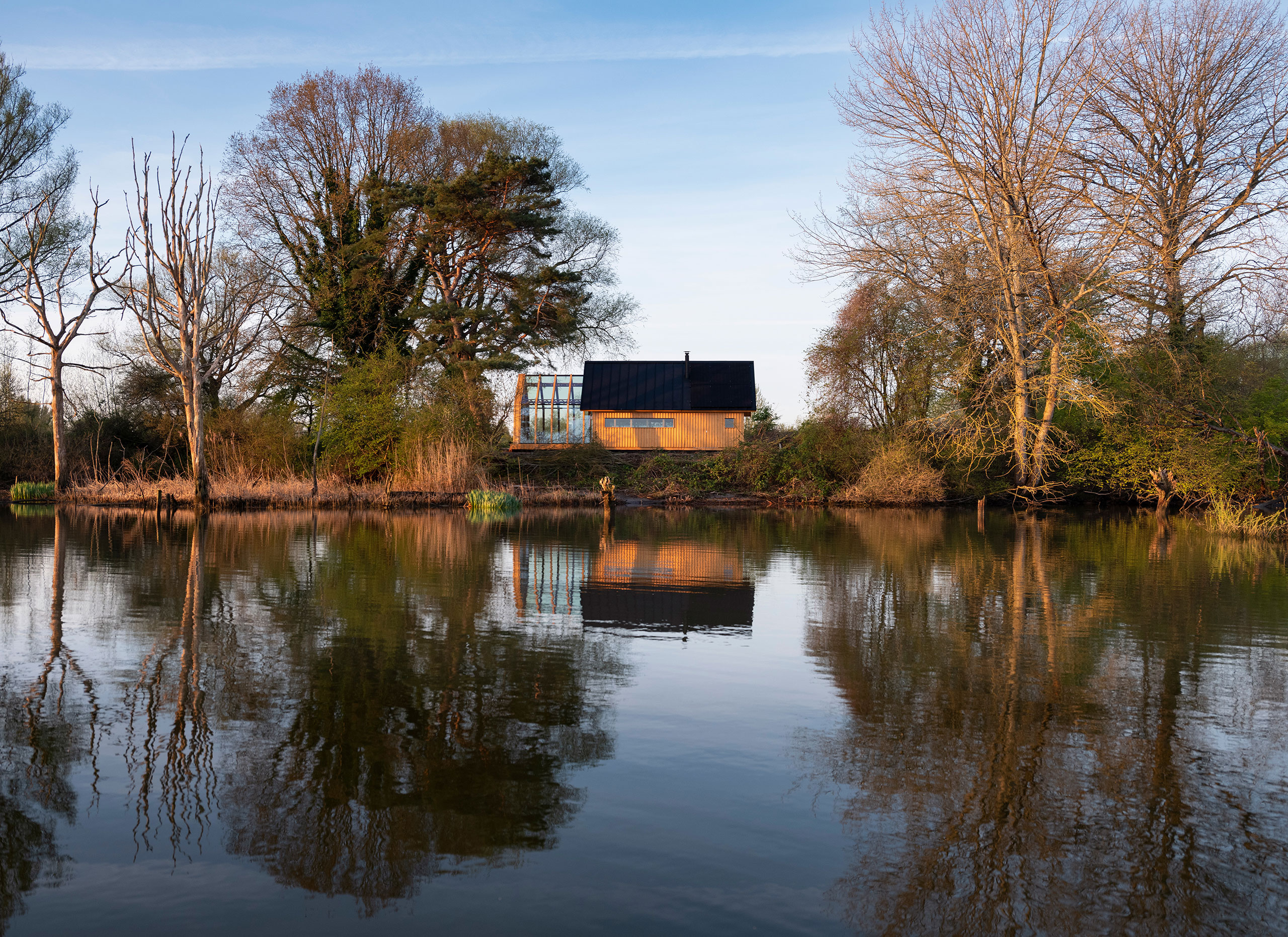
Photography by Jorrit 't Hoen
What makes the cabin unique is how easily it can adapt to weather, mood or occasion. In the winter, the insulated wooden shell keeps the warmth inside; while in the spring and autumn, the glass shell allows beautiful views of the natural landscape while keeping the rain and cold outside; and when the temperature allows it, both shells can be opened up to make the interior part of the surroundings. Furthermore, by being able to slide both shells along the structure’s length, occupants can choose to open up the living or sleeping area.
As simple as the idea seems, the realization of ANNA entailed a lot of innovative technical features and ingenious engineering solutions including uniquely designed extrusion profiles to ensure that the wooden and glass shells always slide perfectly and remain water- and wind-tight, aluminium rails with an integrated wind labyrinth, and a combination of Accoya wood, birch ply, and aluminium that restricts the expansion of the cabin’s moving parts to less than 1 millimetre in a range of climates and conditions. Add in its modular design which allows most of its unique parts to be produced locally, via a digital file, on CNC machines and 3D printers, and you have a cabin that’s elegant in both concept and design; a kind of “small, light, flexible, thin, invisible architecture that gives life”, as Schols says.
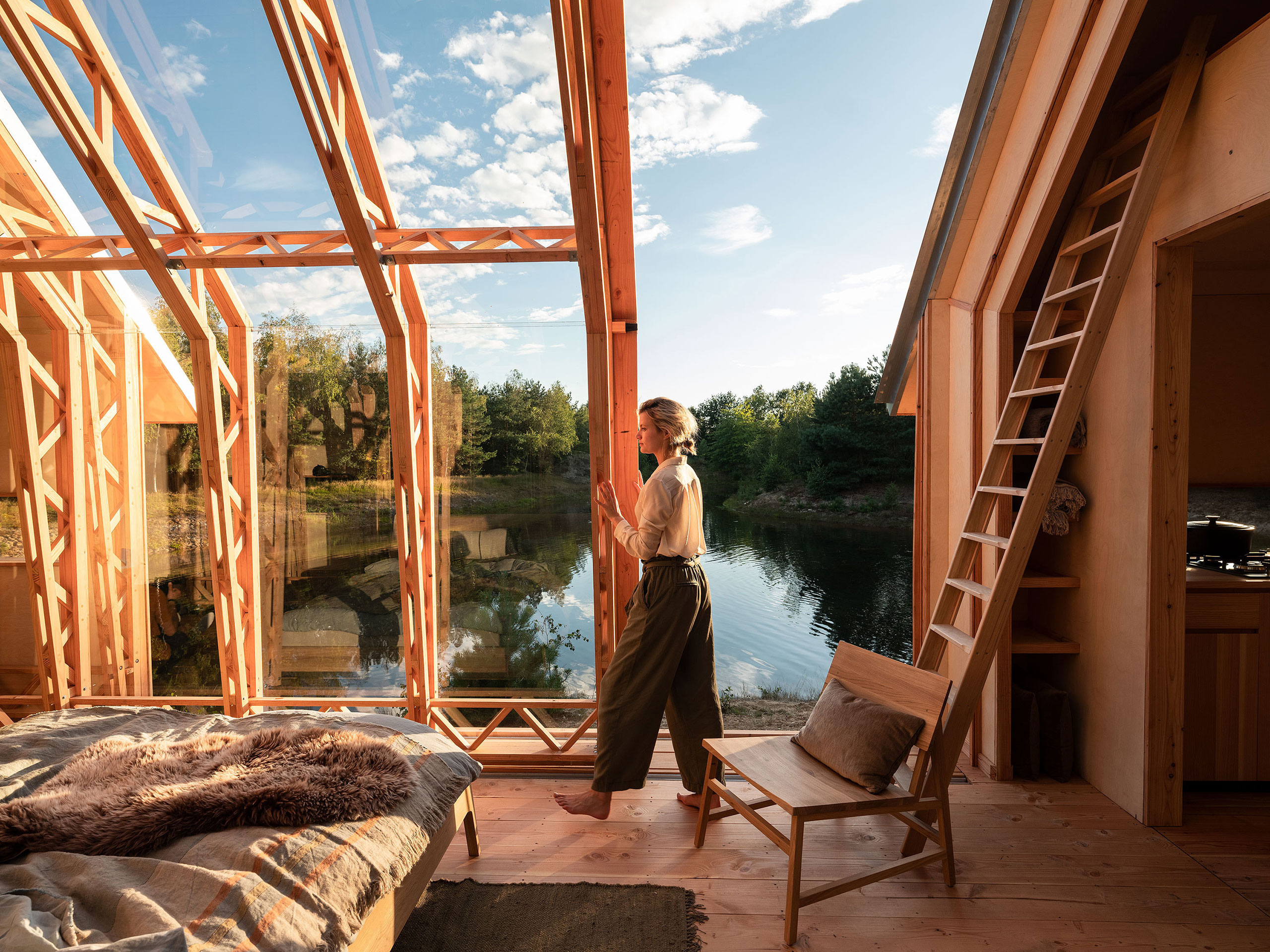
Photography by Jorrit 't Hoen
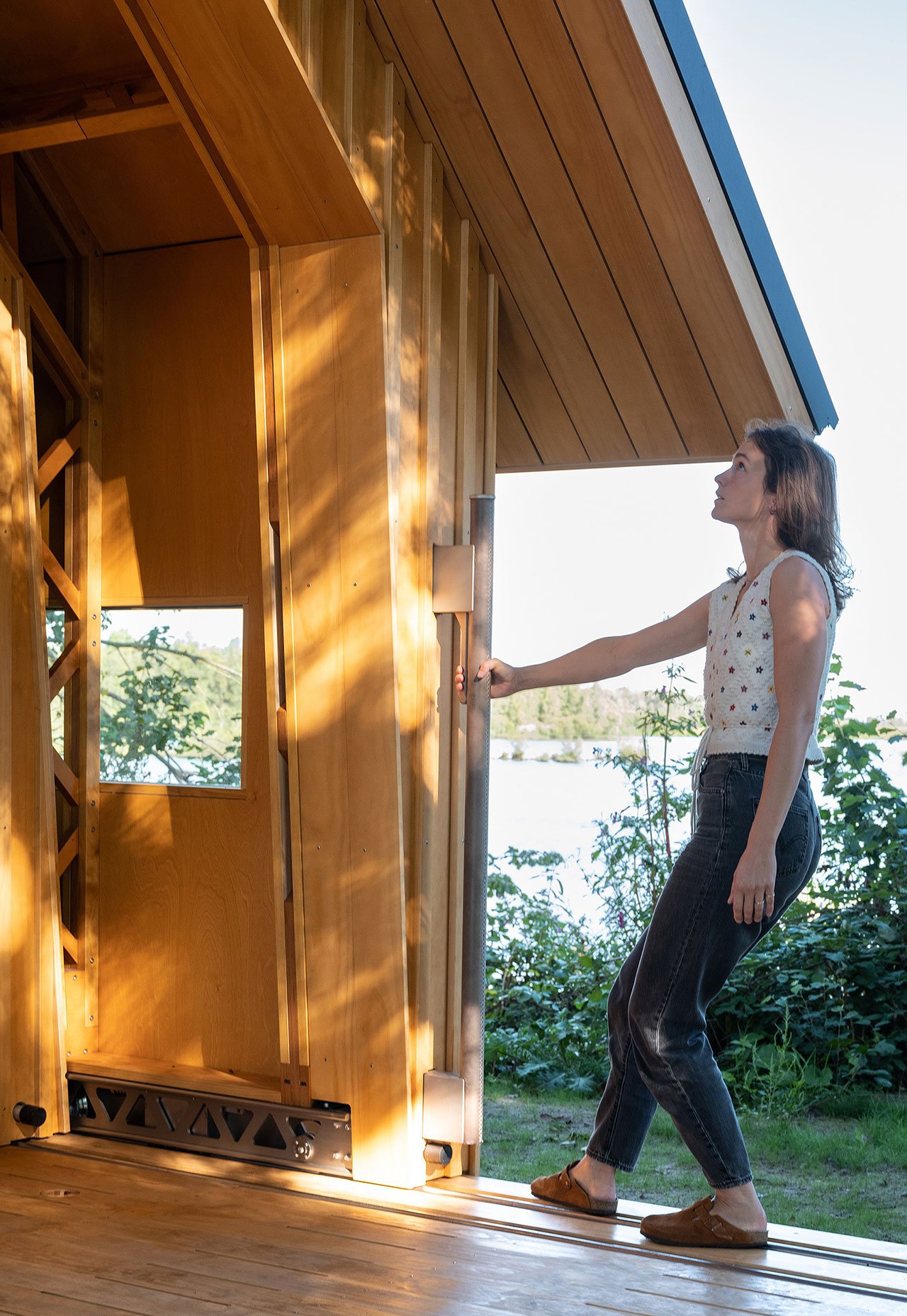
Photography by Jorrit 't Hoen
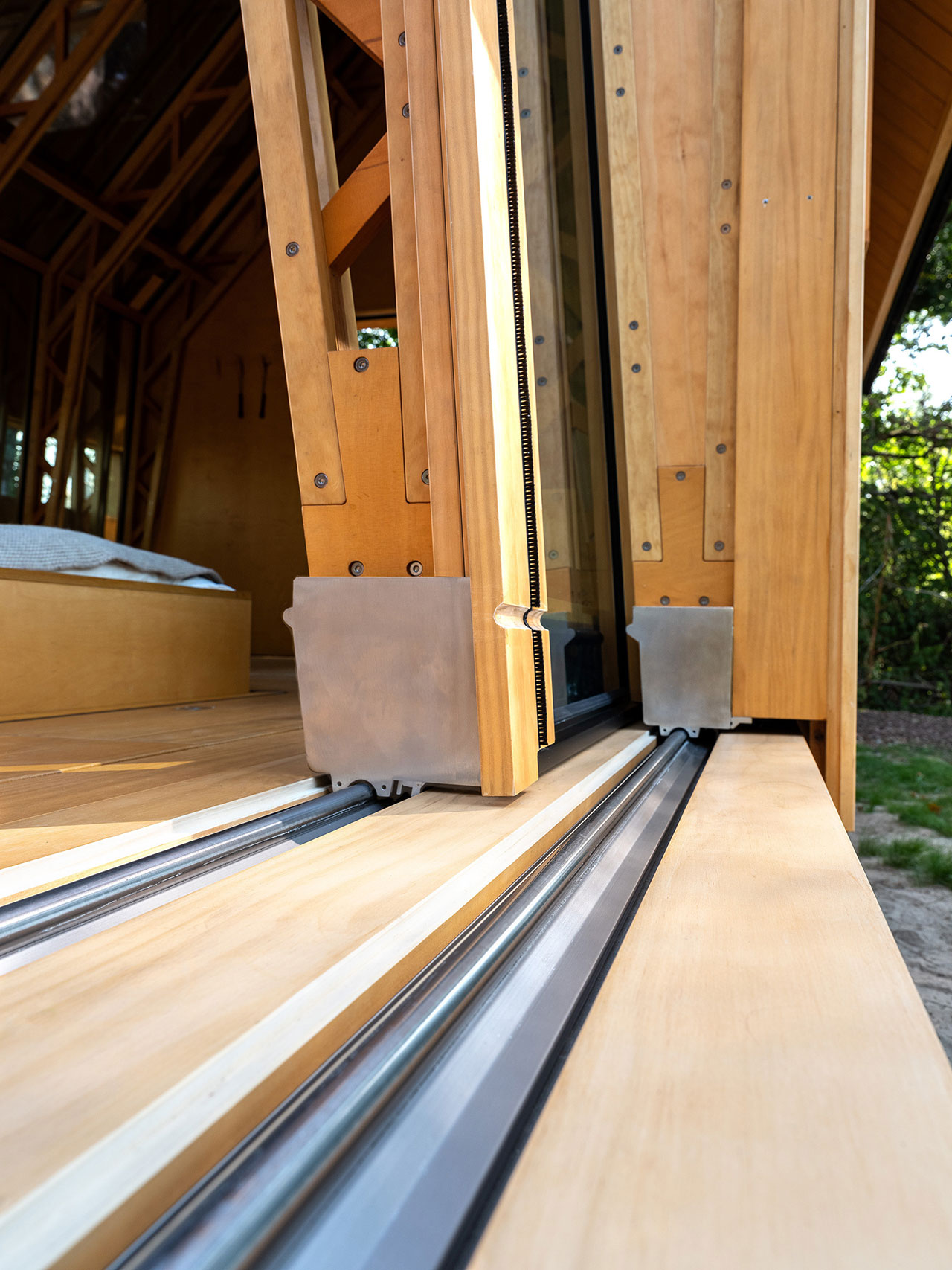
Photography by Jorrit 't Hoen
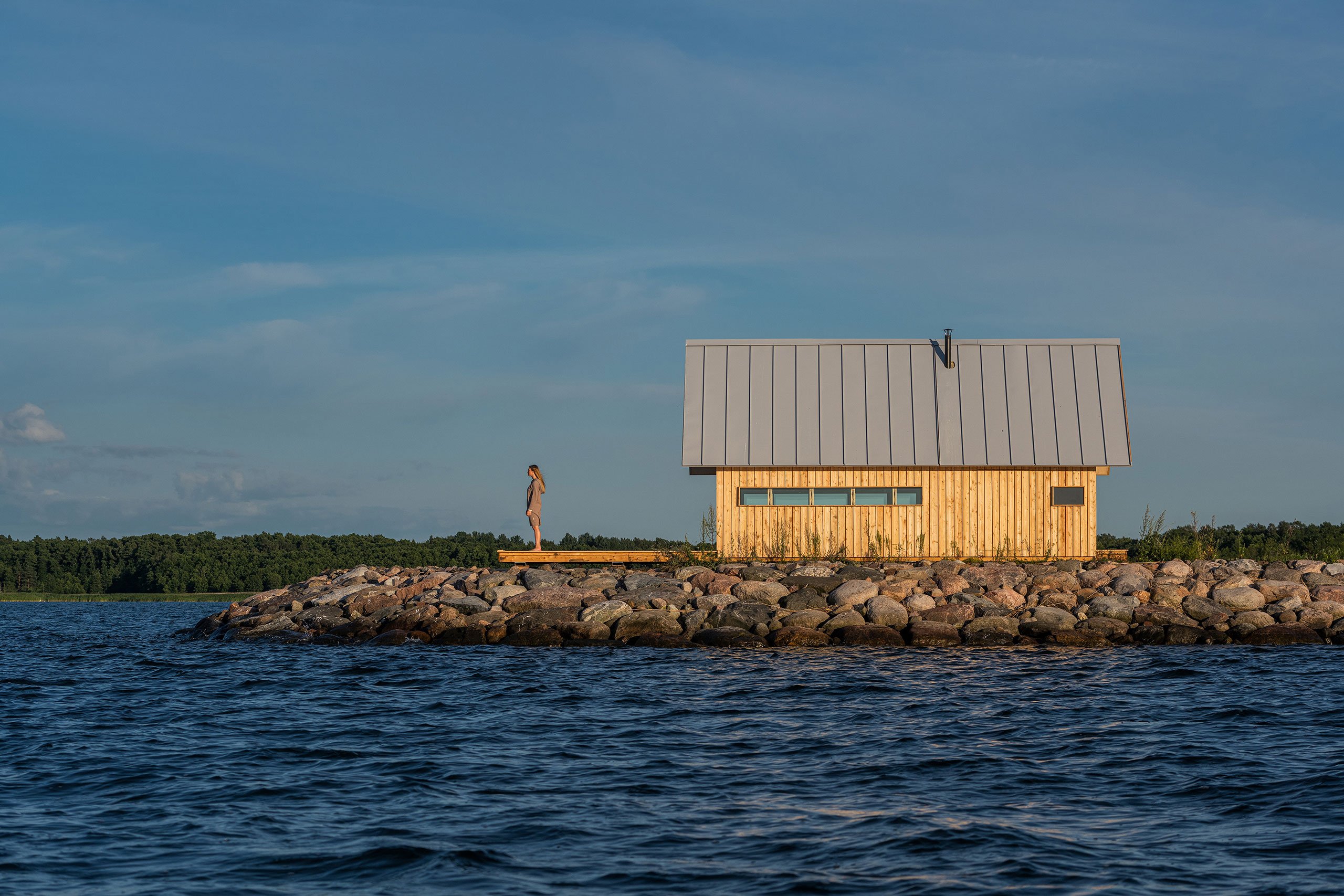
Photography by Tonu Tunnel

Photography by Tonu Tunnel
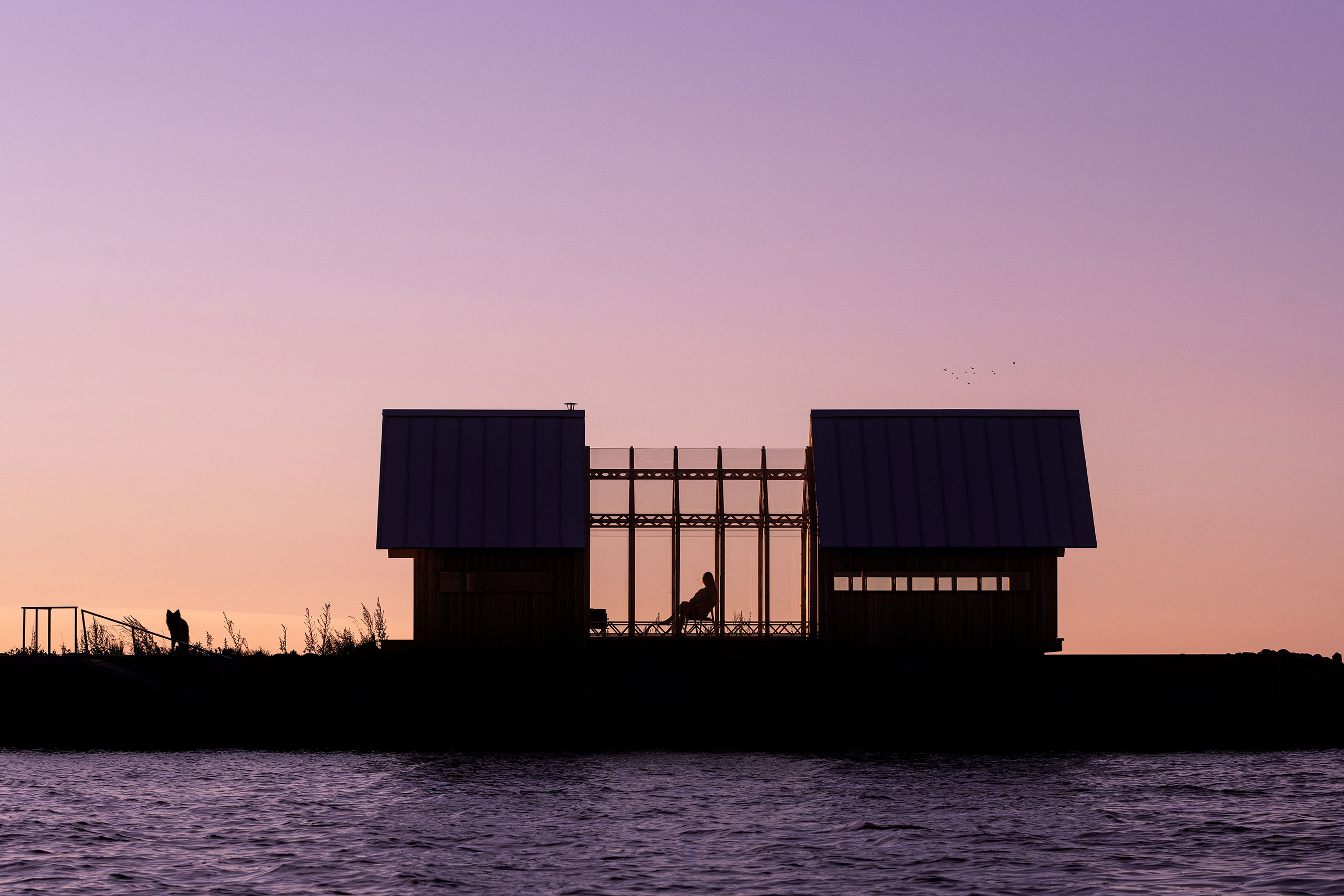
Photography by Tonu Tunnel















